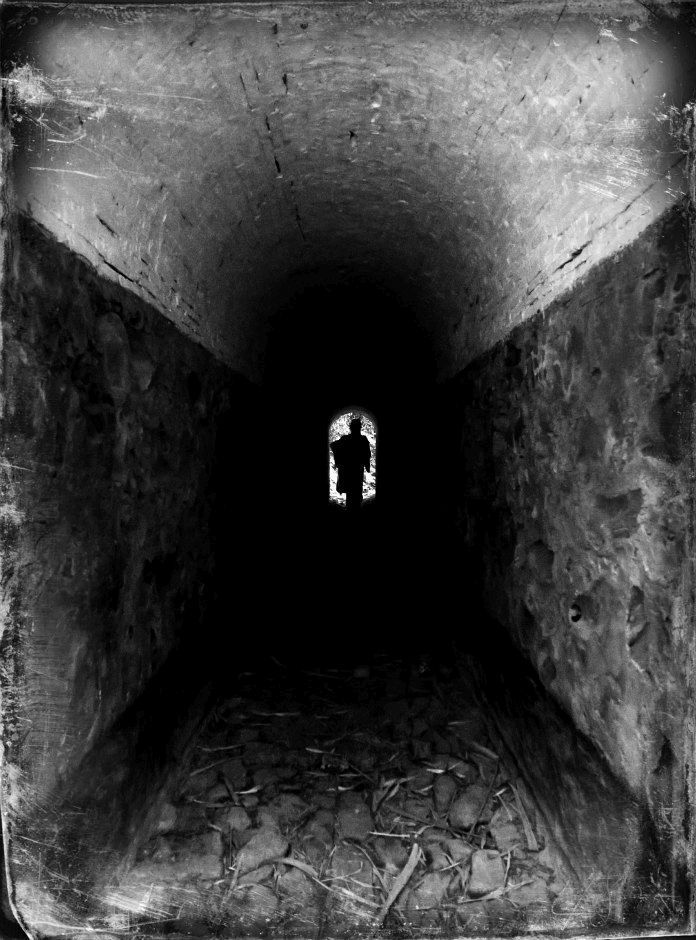The Shadows in Photography: A World of Illusions or a Gateway to the Unknown?
- Angela Rosana

- Jul 8, 2023
- 2 min read
The shadows in photography are intriguing visual elements, capable of conveying deep meanings and awakening enigmatic emotions. How about going beyond the symbology and psychology of shadows, exploring the photographer's intentionality when including them in his images? How can shadows be used as expressive tools, emphasizing the photographer's creative role in building visual narratives? When photographing shadows, the photographer assumes responsibility for directing the viewer's gaze and creating a specific atmosphere in the image. This obscurity becomes an active part of the composition, playing a key role in conveying the intended message.
The photographer can use shadows to add drama and mystery to the image. Through the play of light and dark, he can create strong contrasts, accentuating shapes and generating a sense of depth. These visual techniques have the power to engage the viewer and pique their curiosity.
Furthermore, this absence of light can be used to convey specific emotions. A long, distorted shadow can evoke a sense of anxiety or unease, while a soft, delicate shadow can convey calm and serenity. The photographer has the ability to explore these emotional nuances and build complex visual narratives through shadows.
The choice to include shadows in a photograph may reflect intentions to convey symbolic meanings. For example, shadows that overlap an object or person can suggest the presence of an inner duality or conflict. By exploring these symbolisms, the photographer invites the viewer to reflect on deeper questions related to the human condition and the nature of reality. The photographer's intentionality is also related to the creation of atmospheres and visual narratives. Shadows can be used to establish a dark and enigmatic mood, transporting the viewer into a universe of mystery and suspense. On the other hand, they can be used as elements of light and contrast, highlighting the beauty and uniqueness of a scene.
It is important to recognize that each photographer has their own voice and style, reflected in their aesthetic and narrative choices. The way each of them incorporates these spectrums of humidity in their photographs is unique and expresses their personal artistic vision. The photographer is free to explore these elements as a tool to tell stories, convey emotions and question reality.
The shadow in photography goes beyond a visual element; it is an expressive tool in the hands of the photographer, which directs the gaze of the beholder, creates atmospheres and builds complex image plots. By intentionally exploring shadows, it is possible to reveal its own artistic vision and invite the viewer to delve into its world of imagination and meaning. Written by Angela Rosana, learn more about me here. Credits to the photographers appear on the images, with links to their respective Instagram profiles. Find out more about each other's work! If you liked this article, leave your review at the bottom of the page! Read other articles here Visit our Instagram Posted on Instagram on 7/9/2023













Comments